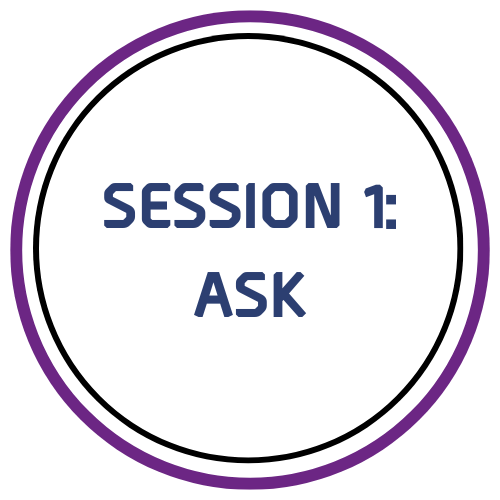
Re-Engineering Rehab 11-14
From regaining strength after injury to rebuilding fine motor skills, rehabilitation robots are transforming patient recovery. Engineers design these robots to support movement, track progress, and keep patients motivated. Learners take on the role of engineers, creating their own robot concepts to assist patients on their road to recovery.
How can robotics engineers provide solutions for physiotherapists and their patients?
Learners dive into the exciting possibilities of how robots can transform patient care. They investigate current rehabilitation systems, asking critical questions to uncover challenges and limitations experienced by physiotherapists and their patients. With creativity and curiosity, they explore how robotic solutions could revolutionise patient care and recovery outcomes.
How can robots be designed to support patients to develop fine motor skills and muscle strength?
Learners design a home-use rehabilitation robot to improve a patient’s fine motor skills through interactive motions such as gripping, twisting, and pushing. They generate multiple ideas, a design specification and annotated final design that identifies component parts and mechanisms.
How can I control a device using movement?
Learners will explore the capabilities of programmable components like the BBC micro:bit, program the microcontroller to simulate rehabilitation robot functionalities and apply problem-solving and computational thinking skills to design solutions.
The Sustainable Development Goals (SDGs) adopted by all United Nations Member States in 2015, provide a shared blueprint for peace and prosperity for people and the planet, now and into the future. These sessions support Goal 3 which aims to reduce global mortality, end epidemics and preventable diseases, and ensure universal health coverage by 2030




















